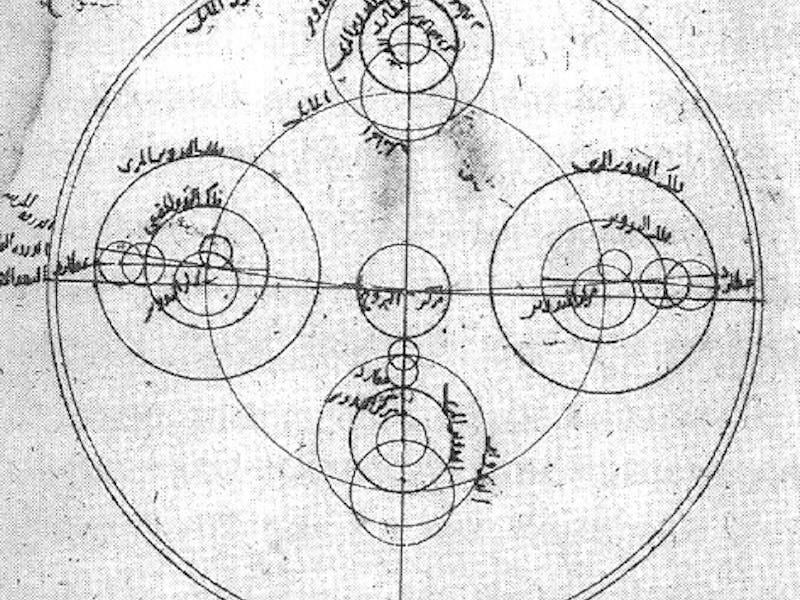5 Abandoned Scientific Theories That Turned Out to Be Right
You can’t keep a good idea down.

History is rife with scientific hypotheses that look, in retrospect, insane. There was the medieval theory that diseases came from miasmas — pockets of evil air — rather than bacteria or viruses. Or the one about four humors (blood, phlegm, and yellow and black bile) keeping a body balanced, as if our ancestors were pumped with liquid Special K. But there’s a smaller subset of scientific ideas that were way before their time or right for the wrong reasons.
These breakthroughs broke down and then broke through again.
1. Mendelian Genetics
Gregor Mendel’s experiments with pea pod breeding paved the way for modern understanding of inheritance. His hypothesis was brilliant for its time, demonstrating how pea size and flower color could be traced back to parent plants (actual genetic inheritance doesn’t work out so quite cleanly as Mendel had predicted, but the experiments were meticulously executed). It was also widely ignored. It wasn’t until 1900 that Mendel’s laws were replicated in a way that made sense to botantists. The missing puzzle pieces? By that time, we’d figured out that chromosomes existed, giving a biological vehicle for Mendel’s genetics.
2. The Number of Days in a Year
In the 1100s, ancient Mediterranean philosopher Maimonides wrote about an ongoing scholarly inquiry into how long a year was. But way before that, Chinese thinkers had determined that the length of the year was 365 and 1/4 days (more precisely, it’s 365 days, 5 hours, 48 minutes, and 46 seconds). The Chinese inscribed the length of the year on fragments of bone or turtle shell called oracle bones, as long as 3,500 years ago. Western science was just playing catch-up.
3. Dark Matter
Swiss physicist Fritz Zwicky proposed dark matter in the early 1930s, and was greeted with boatloads of skepticism. Almost a century later, dark matter hasn’t been proved as a fact — but the hunt for dark matter is a respectable astronomical pursuit, with calculated 10 times more mass in the galaxy than can be accounted by visible matter along.
4. Planetary Motion
Nicolaus Copernicus gets a lot of credit for putting the Sun at the middle of the solar system, rather than the Earth. A hundred years before he came along, however, Arab scholar Ibn al-Shatir had very similar mathematical models. The Copernican revolution sent shockwaves through 16th intelligensia with its heliocentric model, whereas al-Shatir’s work wouldn’t be critically analyzed until much later.
5. The Hidden Brain
Finding a new body part is a big deal, especially in the brain. When University of Washington brain researchers found a visual perception pathway in the brain in 2012, they were stoked. “We couldn’t find it in any atlas,” neuroscientist Jason Yeatman told Livescience. “We’d thought we had discovered a new pathway that no one else had noticed before.” It turns out a different neurologist, Carl Wernicke, had beat them to the punch — in 1881. But if you’re going to be bested by a long-dead neurophysicist, Wernicke’s not a bad choice: He was a major player in German brain research in the 19th century, laying the foundation for how we understand mental illness.